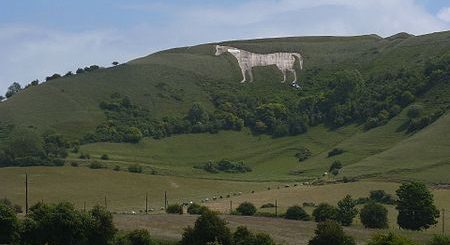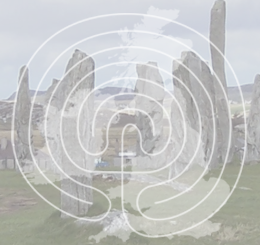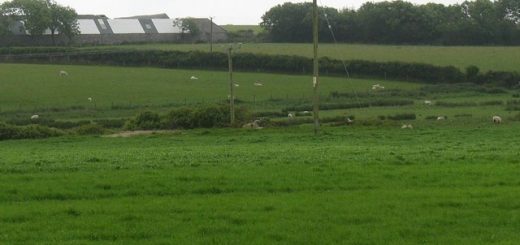Llangelynin Church and The Holy Well of St. Celynin
Llangelynin church is one of the oldest and remotest churches in Wales; it dates from the 12th Century. Saint Celynin might have erected a religious edifice on the site in the 6th Century since St. Celynin’s well is in the corner of the church yard. The well is a small rectangular pool with stone seats and stone walls. It was reputedly famous for its ability to cure sick children.
 Close to the church is an Iron Age fort (Cerrig-y-ddinas), an ancient hut circle and several standing stones. The area also has many roads that predate the Roman occupation.
Close to the church is an Iron Age fort (Cerrig-y-ddinas), an ancient hut circle and several standing stones. The area also has many roads that predate the Roman occupation.




Re: Llangelynin Church and The Holy Well of St. Celynin
British Goblins (1881) by Wirt Sykes
Another well whose specialty is warts is a small spring called Ffynon Gwynwy, near Llangelynin church, Carnarvonshire. The pins used here must be crooked in order to be efficacious. It is said that fifty years ago the bottom of this little well was covered with pins; and that everybody was careful not to touch them, fearing that the warts deposited with the pins would grow upon their own hands if they did so.
“LLANGELYNIN, a parish in the hundred of Isaf, county Carnarvon, 2 miles S.W. of Conway, its post town, and 10 E. of Llandegai. It is situated at the foot of the hill called Pen-maen-fach, and includes the townships of Cae-Gorlan, Cymryd, Glynn, and Pen-Raelt. The Saxons, under Edred, were defeated here by the Britons in 880. The living is a rectory* in the diocese of Bangor, value £225, in the patronage of the bishop. The church is dedicated to St. Celynin. There are charities amounting to about £5 per annum. On the hills are several antiquities, including cairns, tumuli, &c.” [From The National Gazetteer of Great Britain and Ireland (1868)